The Impact of Kimono on World Fashion
The exhibition at the Newark Museum in the USA explored the impact of the kimono on the international fashion scene from the late 19th century.
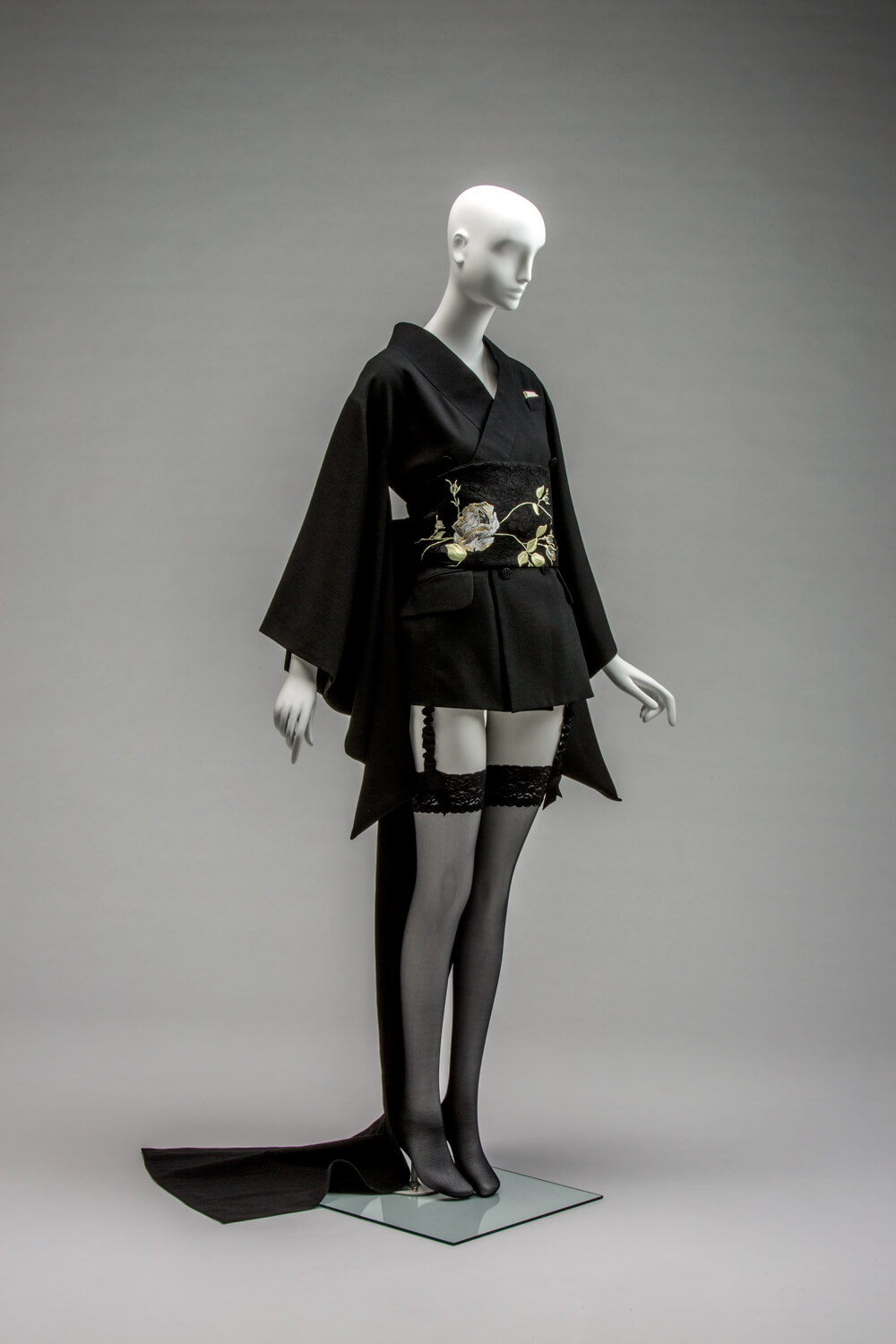
John Galliano / Ensemble / Autumn/Winter 1994 / Collection of the Kyoto Costume Institute/ Photo by Takashi Hatakeyama
At the end of 2018, the exhibition The Kimono Refashioned: 1870s – Now! presented a selection of kimono as well as their depiction in painting, which has served as a source of inspiration for fashion designers and their creations. Although it was held at the Newark Museum of Art, New Jersey, this exhibition was a Japanese initiative.
Akiko Fukai, director of the Kyoto Costume Institute since 1990, proposed the idea. Her centre is dedicated to researching, collecting, and exhibiting garments that have inspired (and continue to influence) Western clothing. This was not the first exhibition of its kind, with a series of events having been organised previously by the Kyoto Costume Institute in Paris, Los Angeles, and New Zealand in 1996.
Showcasing Japanese craftsmanship
The Kimono Refashioned: 1870s – Now! had multiple objectives. The exhibition sought to showcase Japanese craftsmanship by celebrating the beauty of kimono and the dexterity of those who make them, but primarily aimed to make them a topic of conversation between Japan and the world of western fashion, exploring the product of their interactions with other cultures.
The exhibition focused on the English-speaking world, spotlighting a kimono-evening dress made in Japan in 1883, replicas of which were sold at Liberty, a famous London department store. The curator of the exhibition, Katherine Paul, drew attention in an interview for Dazed magazine to the presence of a kimono from the 1930s with an embroidered image of Mickey Mouse wearing a top hat. As well as historic pieces, more recent work by major designers was also on display, including items from the 1994 Autumn/Winter ‘Japonismes’ collection by John Galliano, raising the issue of cultural appropriation, as well as pieces by Chanel, Tom Ford, and Alexander McQueen.
The Kimono Refashioned: 1870s – Now! was an exhibition held at Newark Museum of Art from 18 October 2018 to 6 January 2019.
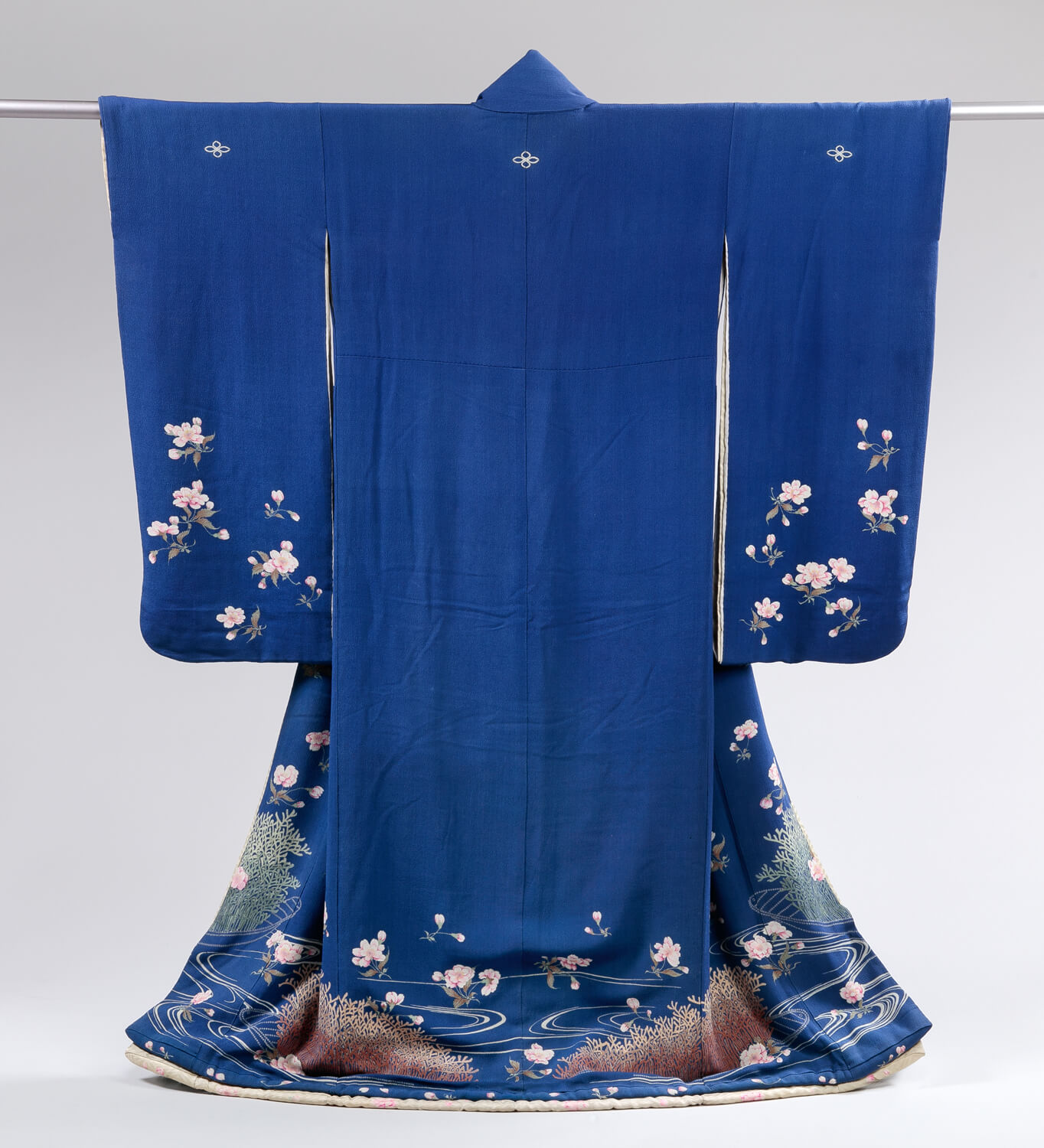
Furisode Over-robe with Floral and Water Motifs / Japan, 19th century, late Edo (1615-1868) or early Meiji Period (1868-1912)
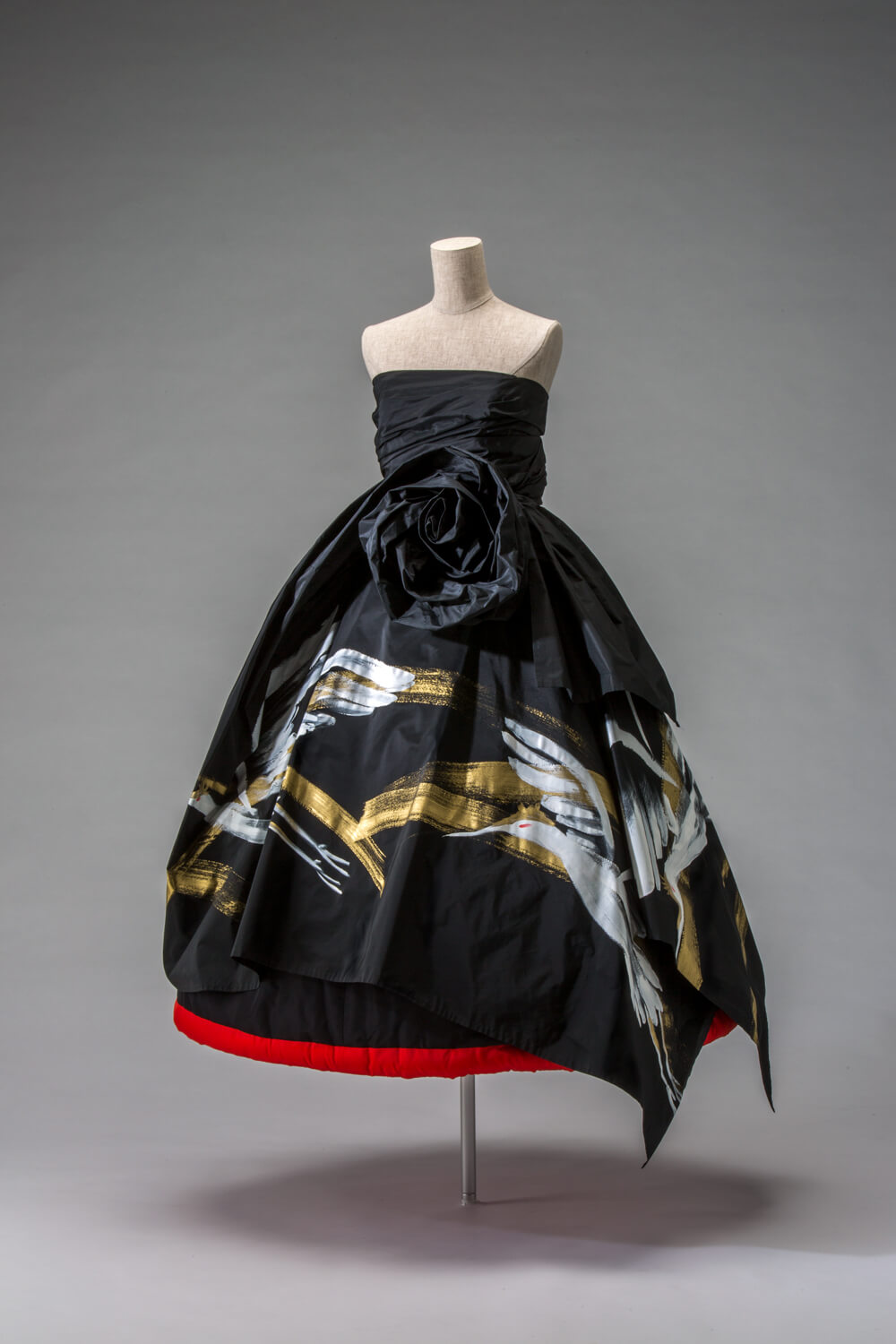
Iris van Herpen / Dress / Autumn/ Winter HC 2016 / Collection of the Kyoto Costume Institute / Photo by Takashi Hatakeyama
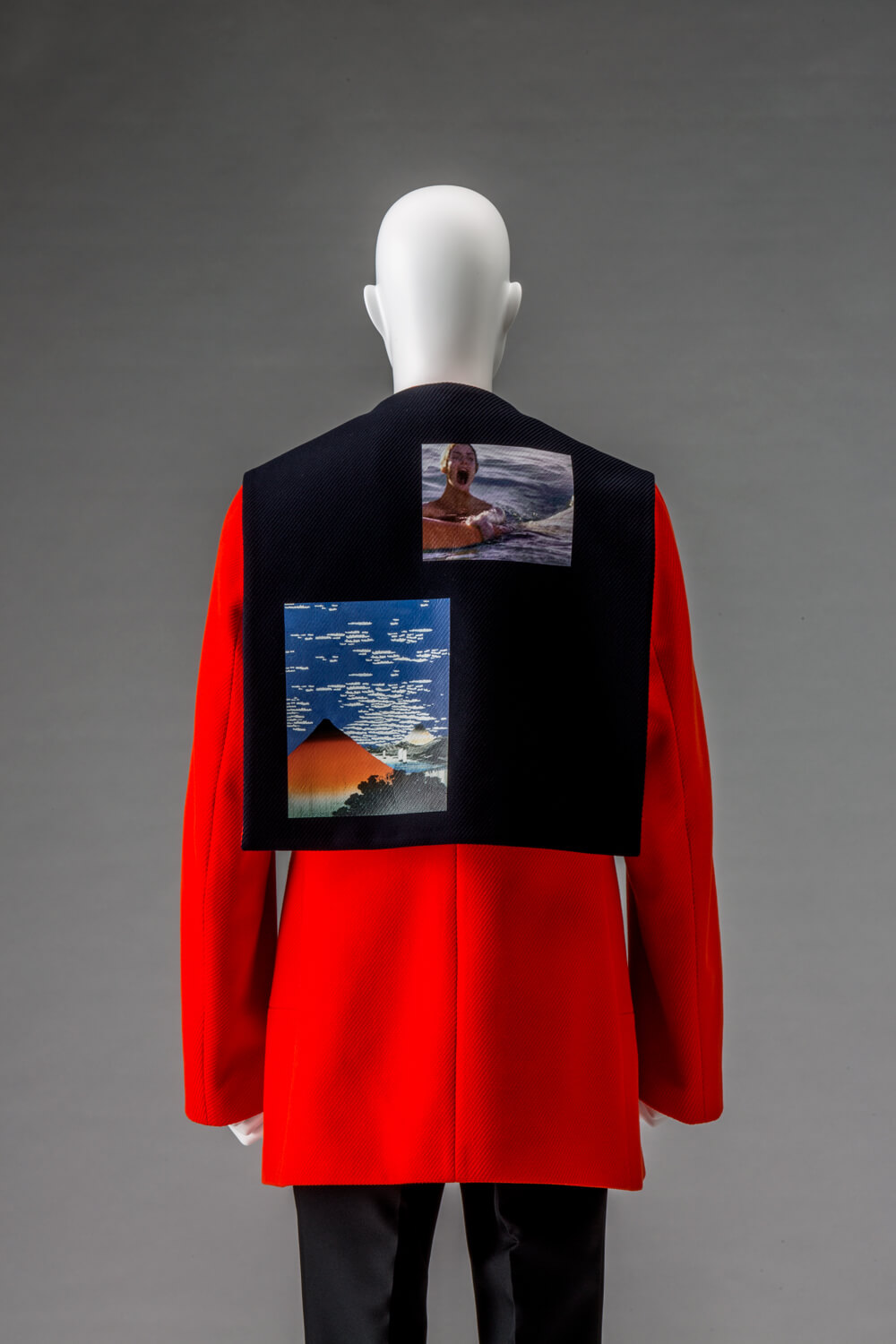
Raf Simmons / Jacket, T-shirt, Trousers/ Autumn/Winter HC 2016 / Collection of the Kyoto Costume Institute / Photo by Takashi Hatakeyama
Iris van Herpen (Dutch, b. 1984) / Iris van Herpen, Haute Couture Collection, Autumn/Winter 2016 / Photo by Takashi Hatakeyama
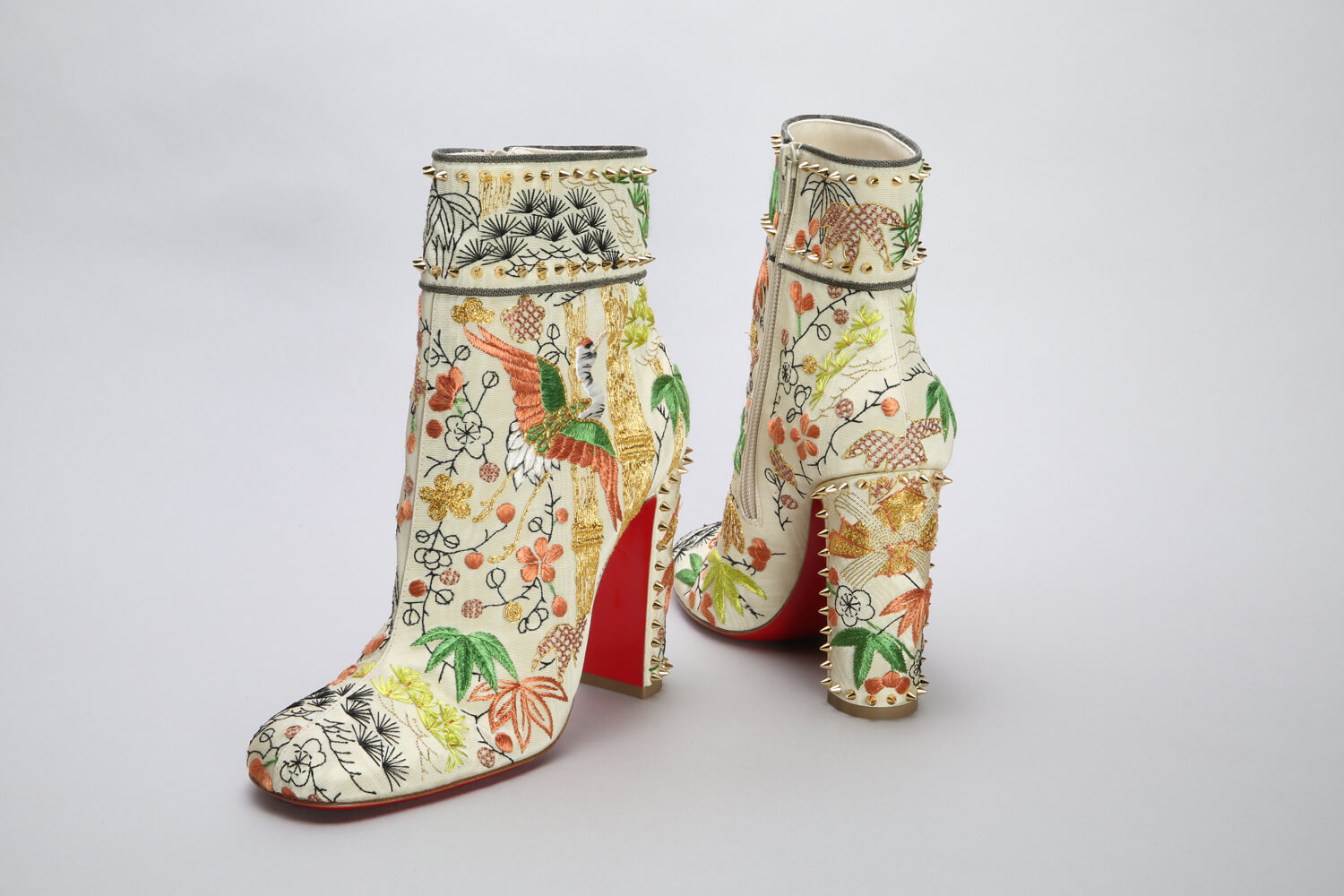
Short boots by Christian Louboutin (French, b. 1964) / Label: Christian Louboutin, Autumn/ Winter 2017

Kikukawa Eizan, 1787-1867 / Komachi at Sekidera Temple: Koimurasaki of the Tamaya / Japan, ca. 1814–17, Edo Period (1615-1868)
TRENDING
-
The Tattoos that Marked the Criminals of the Edo Period
Traditional tattoos were strong signifiers; murderers had head tattoos, while theft might result in an arm tattoo.

-
The Story of Sada Yacco, the Geisha who Bewitched Europe
Described by Dazed magazine as the first beauty influencer, she has been restored to her former glory since 2019.

-
Ito Jakuchu's Naturalist Paintings
From 15 September until 14 October 2018, the Petit Palais showcased the artist's iconic ‘Images of the Colourful Realm of Living Beings’.

-
Chiharu Shiota, Red Threads of the Soul
Last year, more than 660,000 people visited the retrospective 'Chiharu Shiota: The Soul Trembles' exhibit at the Mori Art Museum.

-
Studio Ghibli's Delicious Dishes Are More Than Just Details
Food, often inspired by the directors' favourite recipes, is a crucial element in the plot of these animated films.





